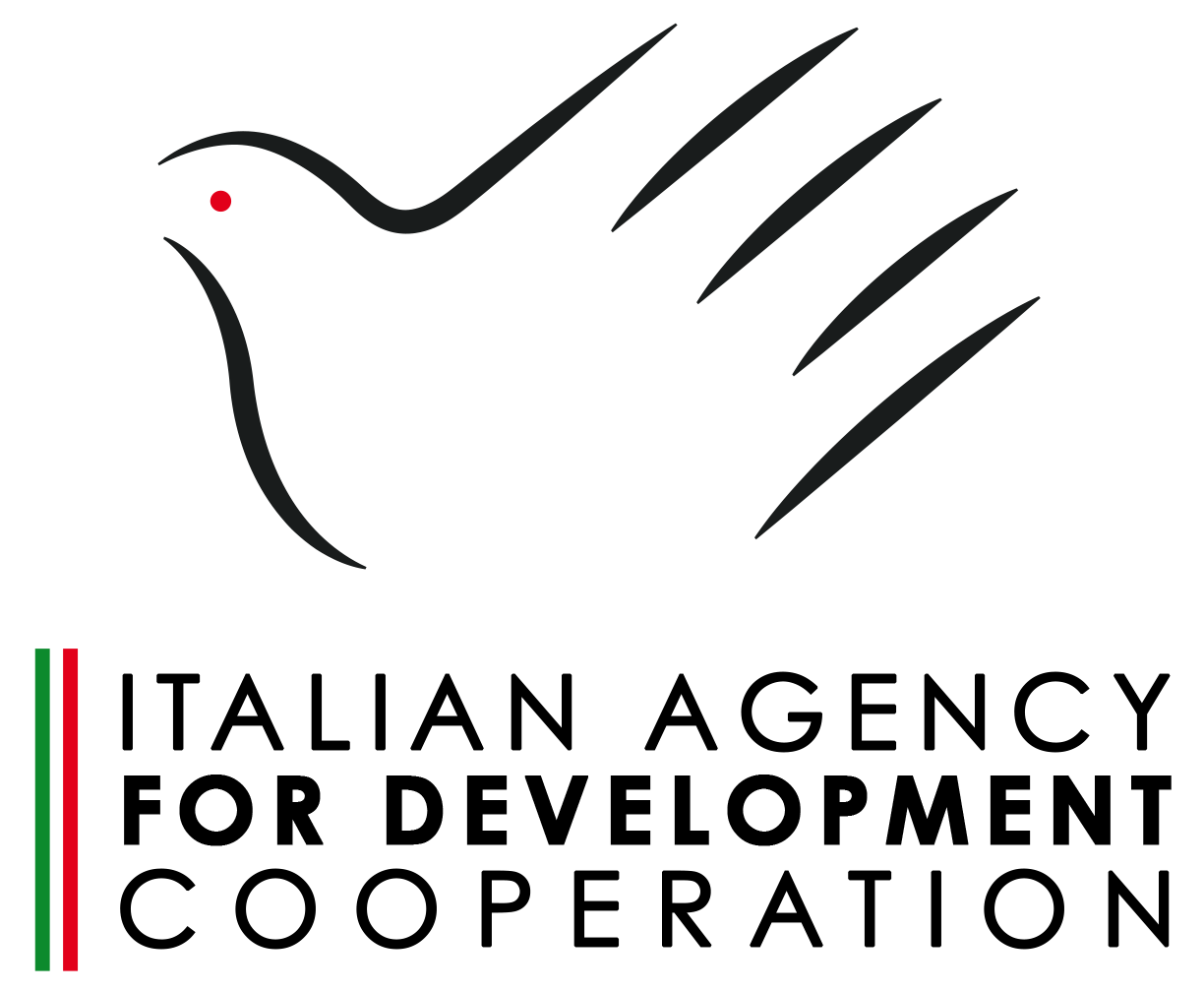In Burkina Faso, insicurity affects most regions, especially in the north and east of the country, close to the borders with Mali and Niger and, as a result, more than 1.4 million people are internally displaced.
The IDP crisis in Burkina Faso is rapidly increasing, representing an intensification of almost 30% since January 2021, i.e. a 50-fold rise compared to the last 3 years: at the end of September, the municipality of Ouahigouya was hosting 37,894 IDPs including 8592 women and 5911 children under 5 years old.
Because of this situation, the project aims to contribute to the sustainable reduction of child mortality by improving access to basic health services, treatment of severe acute malnutrition and psychosocial support, and encouraging preventive and referral services in the local health system.
The project has a specific intervention structure: the first months of the actions are dedicated to setting up preliminary activities for the implementation of community awareness raising, early prevention campaigns on malnutrition and the provision of health facilities with hygiene products and medical equipment. In detail, the project will operate on two fronts: nutrition and protection. These components are intended to be implemented in synergy, allowing protection to be integrated into all project activities.
The expected results concern an improvement in community and institutional mechanisms in the prevention and identification of severe acute malnutrition in the municipalities of Ouahigouya and Zogoré. In Burkina Faso, as reported by the national nutrition survey, the prevalence of severe acute malnutrition at the national level is 9.1%, including 1% of children affected by the severe form.
